


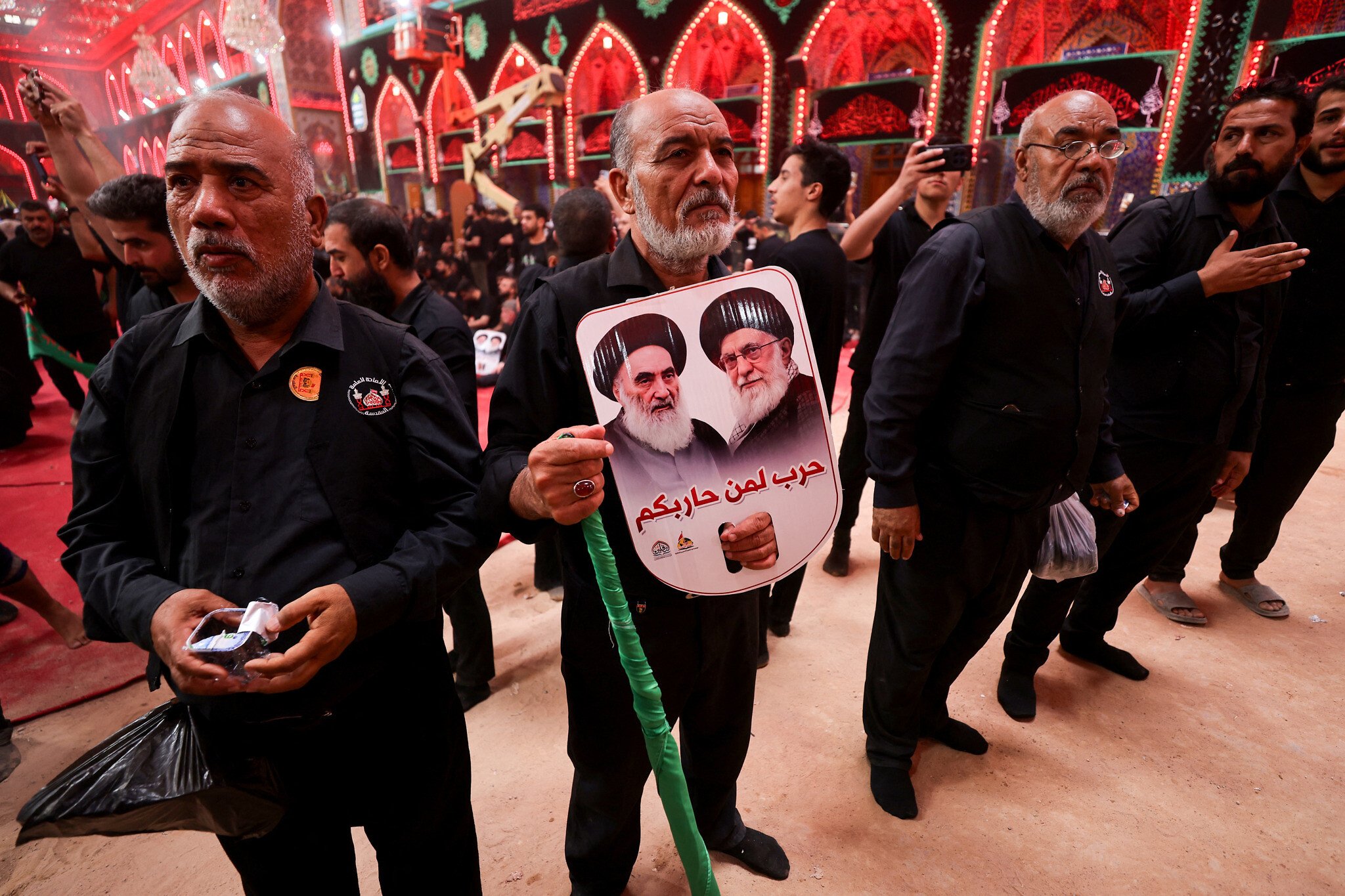
In the wake of the recent Israel-Iran war, experts warn that the Islamic Republic remains a long-term strategic threat — not just because of its nuclear ambitions, but because of a regime that, according to some, only respects power.
“It’s a problem with the culture of the regime,” Beni Sabti, a senior Iran researcher at The Institute for National Security Studies, told The Times of Israel. “If you come only with diplomacy, and they don’t see the stick… they will think you are weak.”
Sabti pointed to the enduring truth behind former US president Theodore Roosevelt’s maxim “Speak softly and carry a big stick.” Without the credible threat of force, he argued, diplomacy alone is unlikely to deter Tehran’s ambitions.
The 12-day conflict, which culminated in US airstrikes on Iran’s nuclear facilities, may have damaged key sites and delayed weapons production, but Sabti claimed it did not fundamentally change the nature of the threat.
“The regime can come back. We didn’t wipe them out,” he said.
The US strike on June 22 targeted Iran’s underground enrichment facilities, including centrifuge arrays deep beneath Natanz, Isfahan, and, most notably, Fordo. Those facilities were key to Iran’s ability to produce weapons-grade uranium.
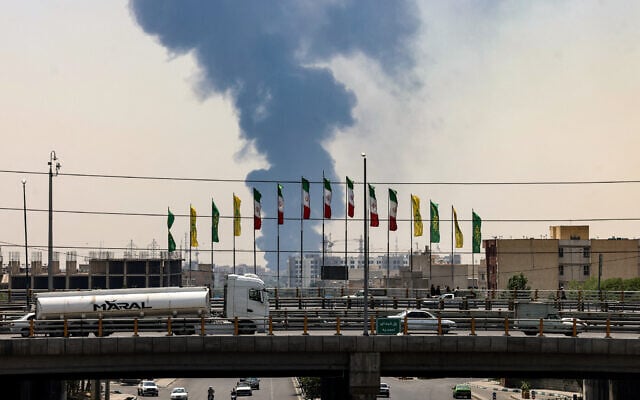
Dr. Anna Erickson, a nuclear engineering professor at Georgia Tech, noted that the attack focused on the centrifuges used to enrich uranium to dangerous levels. In an analysis for The Conversation, an independent nonprofit news source, Erickson explained that Iran has long invested in both quantity and quality when it comes to centrifuge technology.
“Before the strike,” she wrote, “Iran was operating 6,500 IR-2m centrifuges, close to 4,000 IR-4 centrifuges and over 3,000 IR-6 centrifuges.” These more advanced models significantly outperform older IR-1 designs in both speed and concealability.
The IR-6, for instance, can produce “10 separative work units per year” — a dramatic leap in efficiency that could allow Iran to move from 60 percent enrichment to weapons-grade material in a matter of weeks. The newer IR-9 centrifuge, still in the testing phase, can quintuple that output.
Erickson noted that Iran had stockpiled around 400 kilograms (880 pounds) of highly enriched uranium before the attack — enough for ten nuclear bombs.
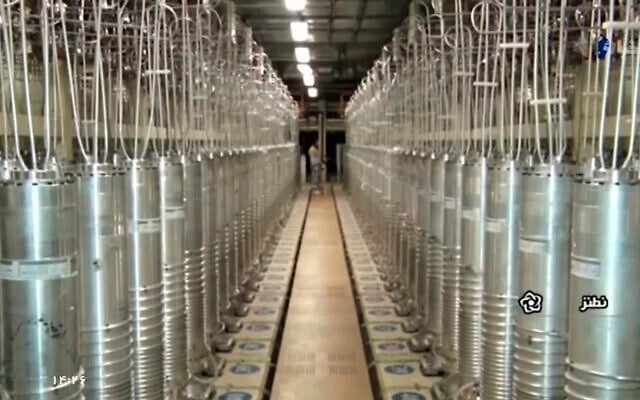
Whether this stockpile survived intact remains unknown.
Throughout the conflict, the IDF also targeted Iran’s missile program, claiming to have significantly degraded its missile production capacity and delayed its ability to mass-produce long-range weapons until at least 2027.
And yet, Sabti advised that these setbacks should not inspire complacency.
“It’s not just about the missiles or the nuclear program. It’s about the stability of the regime,” he said, noting that the US and Israeli strikes also targeted IRGC generals, headquarters, and even the notorious Evin Prison. “If [Israel] continued a few days more, who knows, maybe the regime wouldn’t be here anymore.”
Speaking to The Times of Israel, Menahem Merhavy, a fellow at the Harry S. Truman Institute for the Advancement of Peace at The Hebrew University, said that Iran now finds itself more isolated than ever.
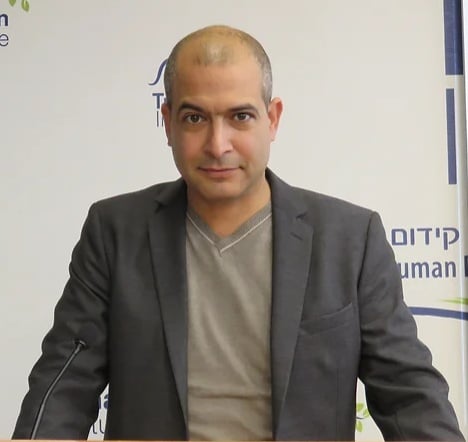
“Iran has no allies,” he said. “The conflict has proven just how alone it stands.”
He assessed that the so-called “Axis of Resistance” — including terror proxies in Iraq, Yemen, Syria, Gaza, and Lebanon — has been severely weakened, with little hope of rebuilding in the coming years.
“In the next five years, we’re going to see a much weaker, if any, resistance front,” Merhavy said.
Indeed, since Hamas’s October 7, 2023, attack on southern Israel, the IDF has been systematically targeting Iranian-backed terror groups across the region. In Gaza, Israel claimed operational control over nearly 70% of the Strip as of Monday, and discussions of a potential ceasefire and hostage release agreement with a weakened Hamas have been underway.
In Lebanon, Hezbollah — once Iran’s most powerful proxy — has sustained heavy losses. Saudi media recently reported that around 4,000 Hezbollah fighters, commanders, and senior leaders were killed during the group’s war with Israel, which ended in a ceasefire in November 2024. On Friday, reports emerged that Hezbollah was considering scaling back its role as an armed movement.
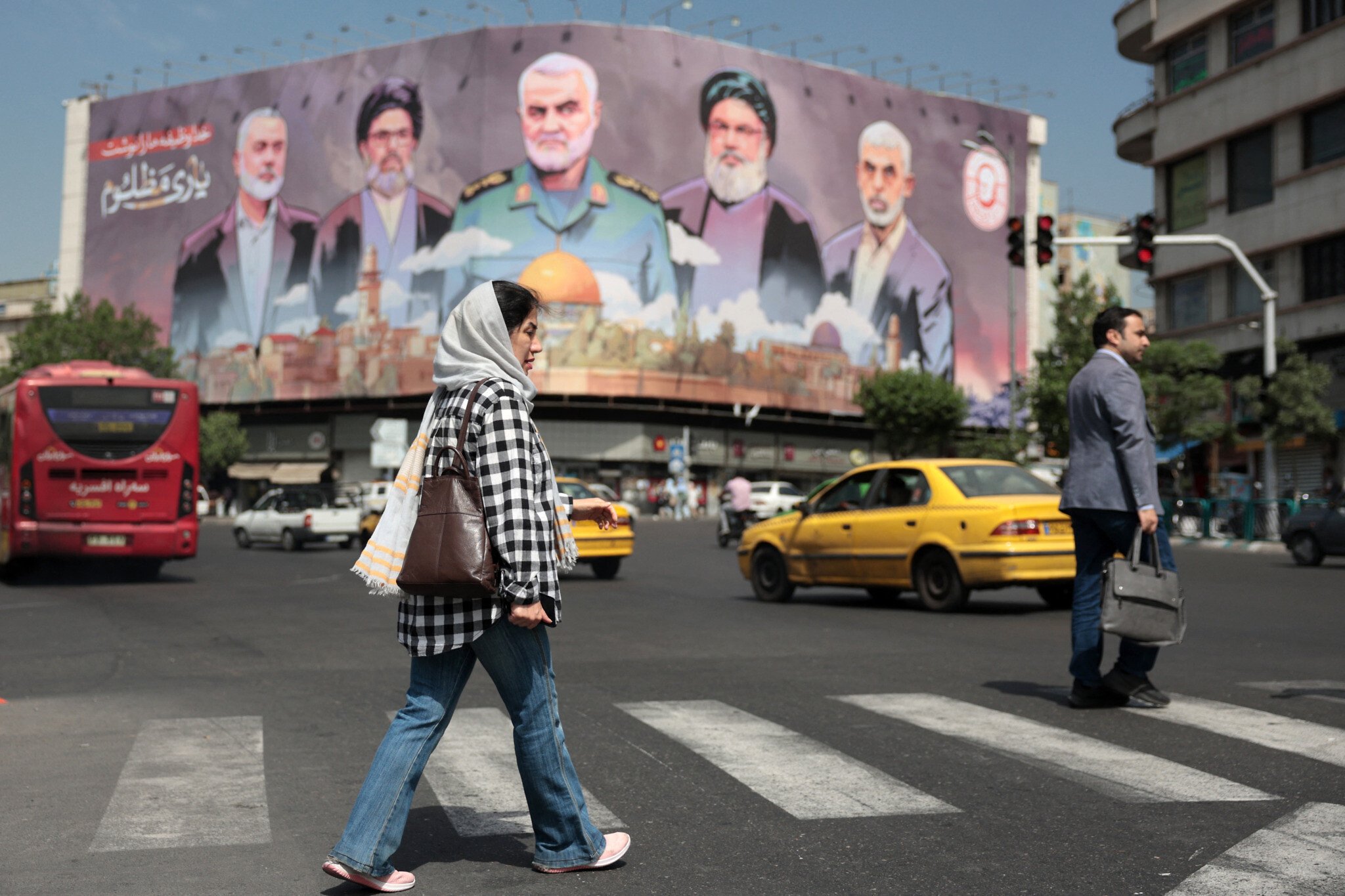
In fact, all of Iran’s proxies remained largely on the sidelines during the recent 12-day Israel-Iran conflict. Analysts attributed their restraint to a combination of internal political pressure and the mounting toll of nearly two years of regional warfare and instability.
The weakening of Iran’s terror network in the Middle East reflects the state of the regime itself.
“The Iranian regime is weak,” Sabti said. “We have to keep the stick above their heads.”
Despite recent unrest and growing pressure, both Merhavy and Sabti remained skeptical that Iran is on the brink of regime change.
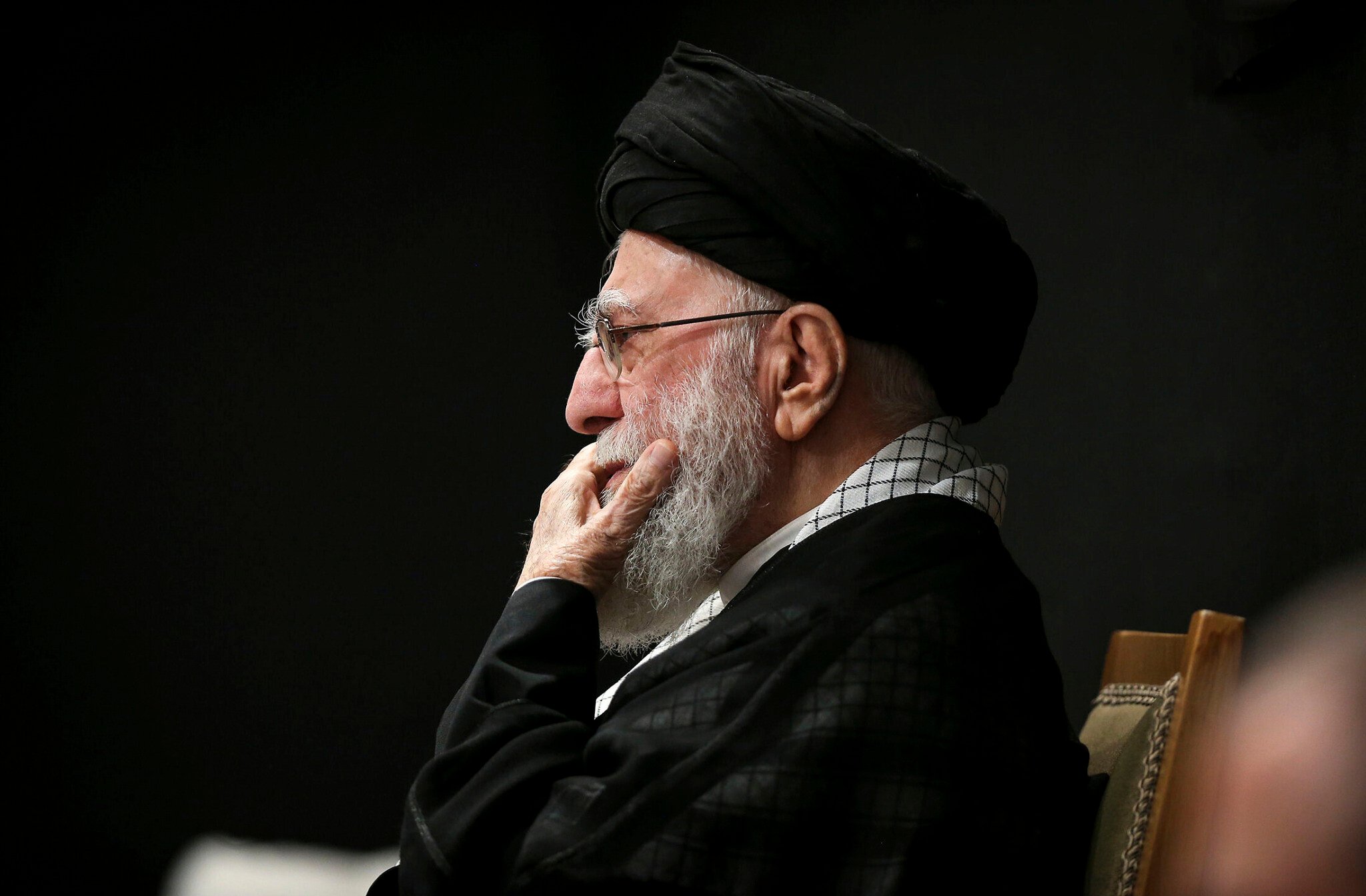
“Regime changes don’t usually come in the form of air bombardment,” Merhavy noted.
At 86, Supreme Leader Ali Khamenei is expected to be replaced in the near future, but most of his potential successors are ideological loyalists. Names floated as candidates include his son Mojtaba Khamenei; senior regime insiders Sadeq Larijani and Mohsen Araki; and Hassan Khomeini, the grandson of the Islamic Republic’s founder, Ayatollah Ruhollah Khomeini.
According to Merhavy, while these candidates are likely to maintain the regime’s ideological course, they may take a more cautious approach.
He said that the contenders are likely to follow in the supreme leader’s footsteps, “but with the lesson learned from Khamenei that Iran can pay a very heavy price for this [rhetoric].”
Still, Sabti didn’t rule out a Soviet-style unraveling.

“It can happen in a surprising way. Maybe in two hours there will be uprisings, or maybe in two months. We cannot know the trigger, but the anger and unrest are there and have been for many years.”
A successful transition, Sabti said, would require a military-backed internal coup.
“It can happen only from above,” he said. “Some generals — from the IRGC or the army — can take control and make this regime more moderate… If it comes from the people, it can become very violent.”
While nuclear talks were reportedly set to resume in Oslo this week between US Special Envoy Steve Witkoff and Iran’s Deputy Foreign Minister Abbas Araghchi, US President Donald Trump has rejected any suggestion of renewed negotiations.
“I am not offering Iran ANYTHING,” he wrote on Truth Social last Monday. “Nor am I even talking to them since we totally OBLITERATED their Nuclear Facilities.”
Despite his stance, many still argue that diplomacy and external oversight are the only viable long-term solutions.
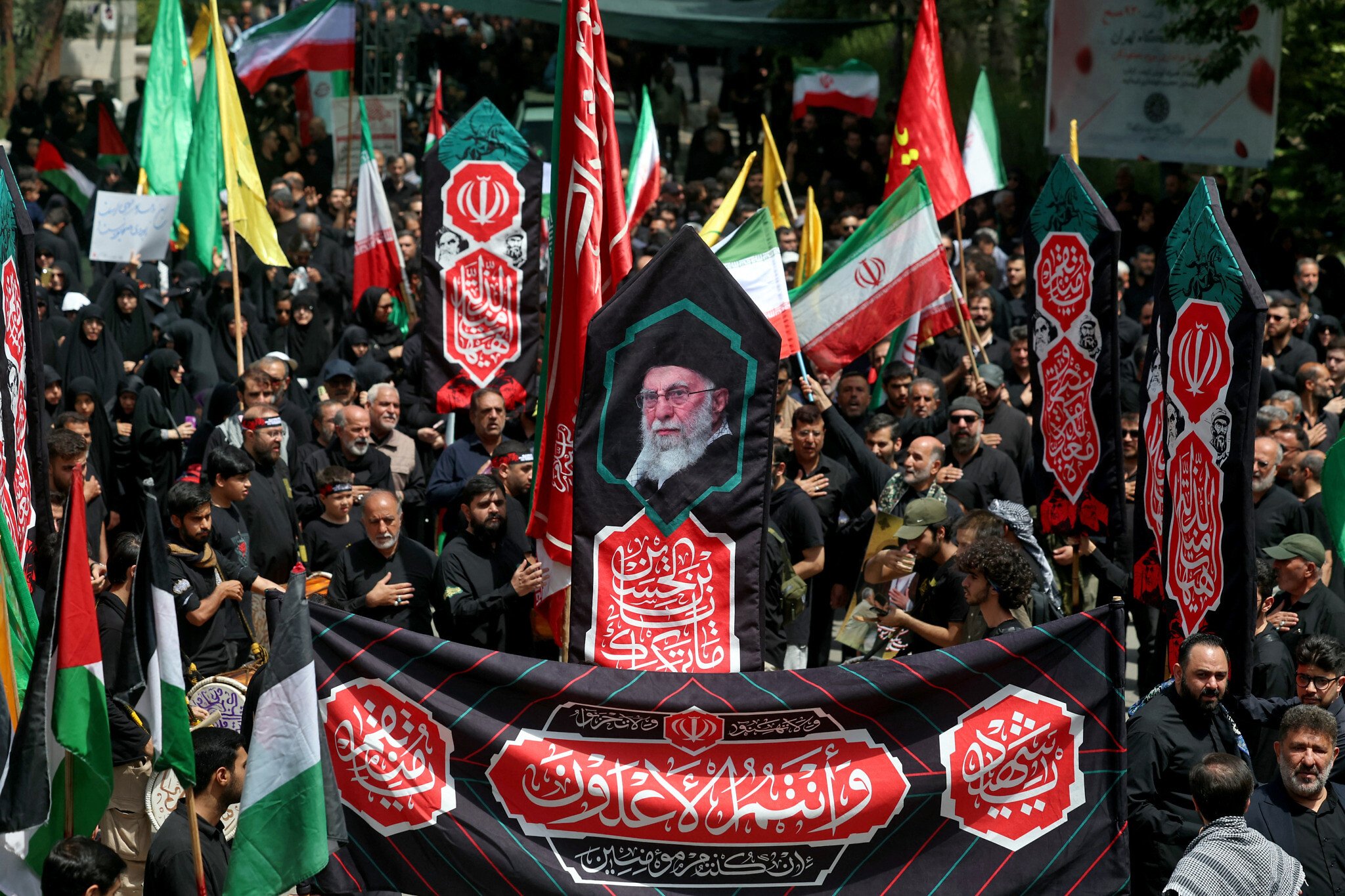
“A forced agreement is not enough,” Merhavy said. “You have to have a good supervising body to oversee it. [The Iranians] will want to reach an agreement because they have no other choice.”
However, Sabti emphasized that diplomacy alone is not enough.
“After this war, we cannot rely solely on diplomacy,” Sabti said. “Maybe war is just another kind of diplomacy — another way to achieve your goals.”
But to bring lasting change to Iran, he argued, the Iranian people must feel they have the backing of the international community.
“Real change can only come from the US president — talking to the people, not only the regime,” he said.
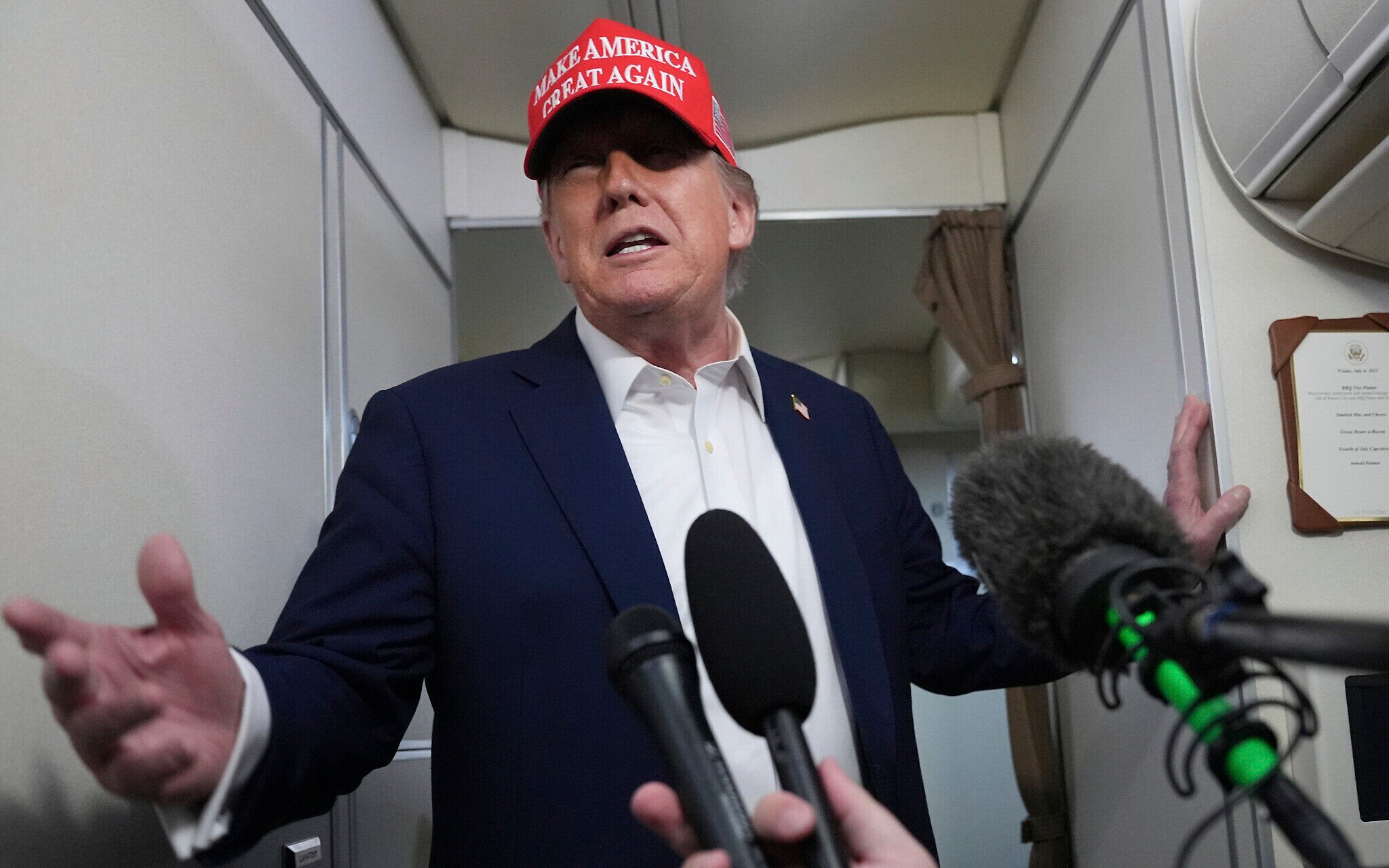
Sabti underscored the pivotal influence of American leadership on public sentiment inside Iran, asserting that direct communication from the White House resonates far more deeply than statements from Jerusalem.
While Prime Minister Benjamin Netanyahu released a video on June 13 addressing the Iranian people — declaring that Israel’s military actions were intended to “clear the path for you to achieve your freedom” and labeling the Islamic Republic an “evil and oppressive regime” — the Trump administration has yet to speak directly to Iranians.
“I am very surprised that [Trump] is not talking to the Iranian people. The people and the regime count on the US president’s word,” Sabti said. “Israel is small in their eyes.”
